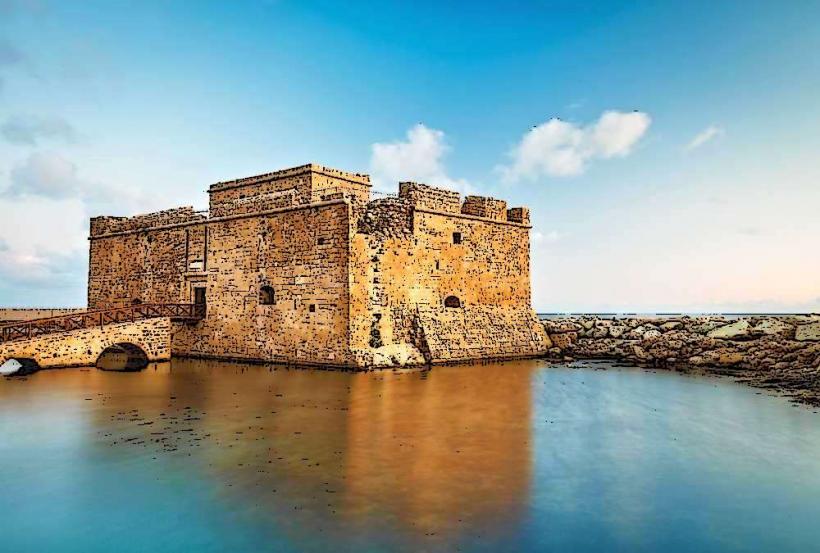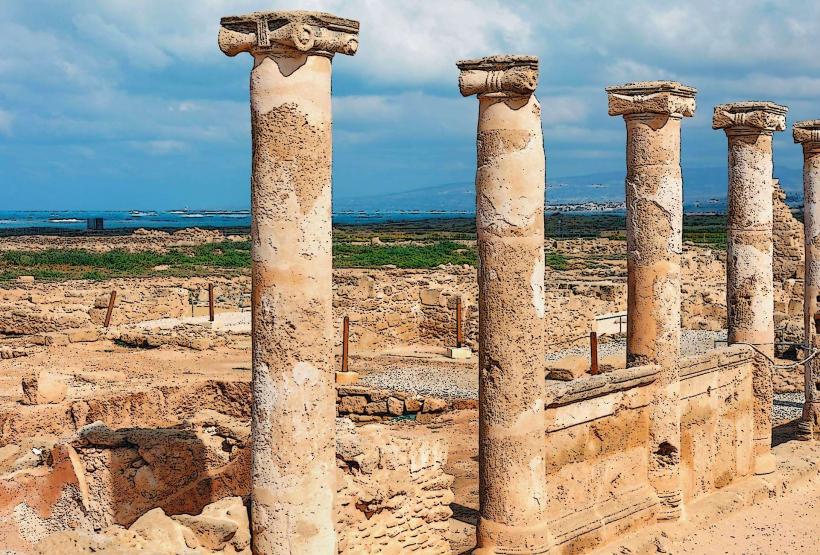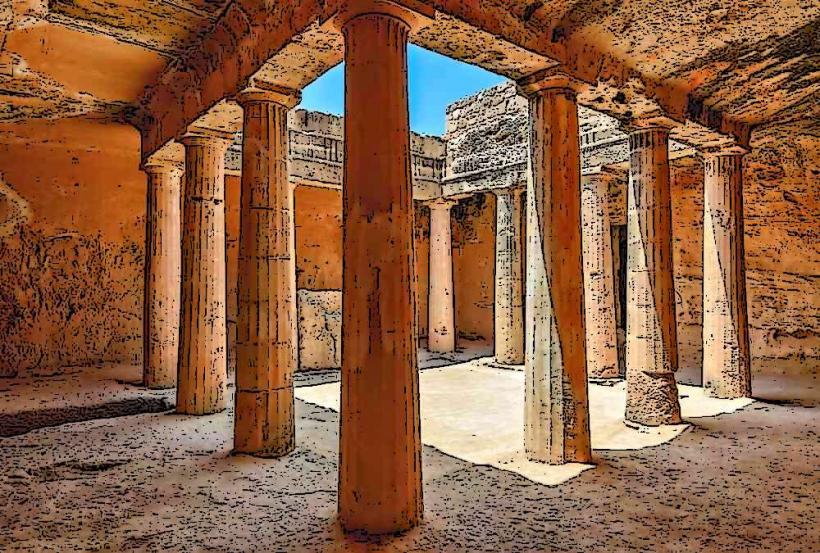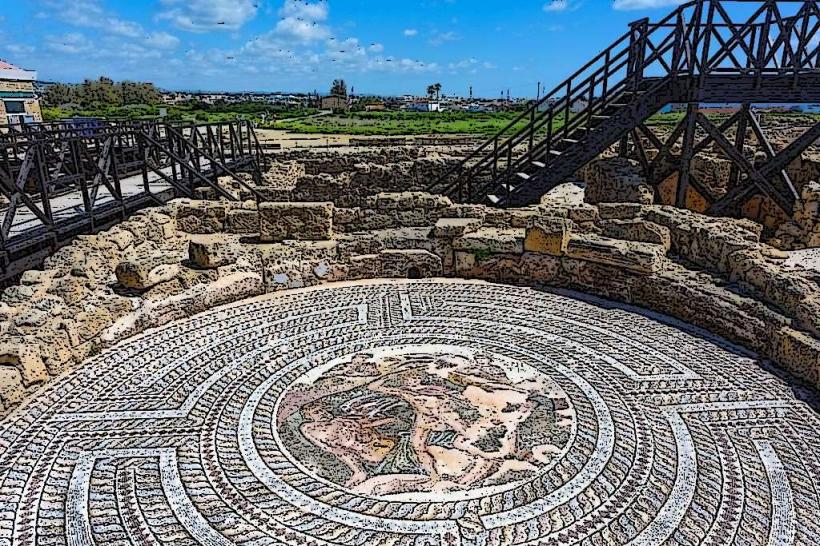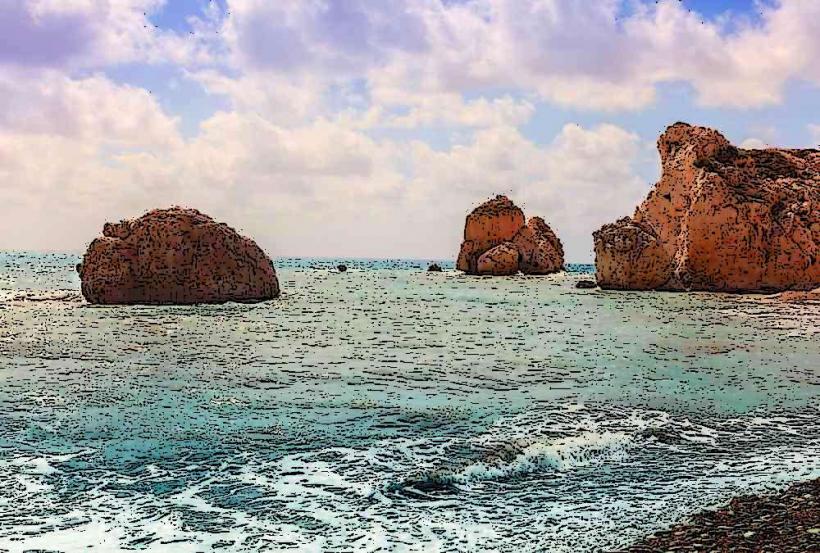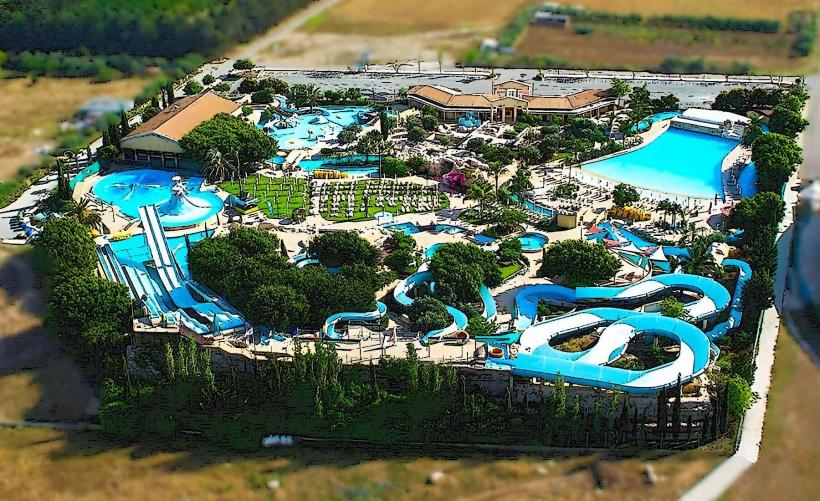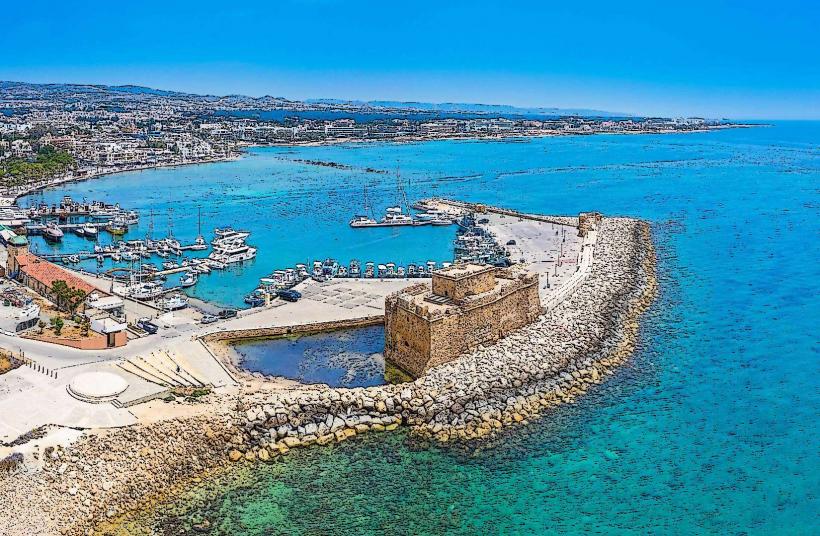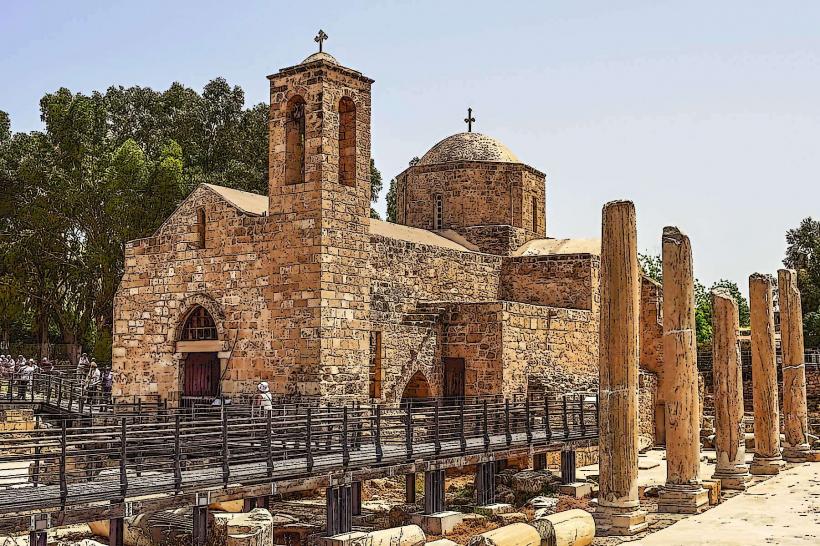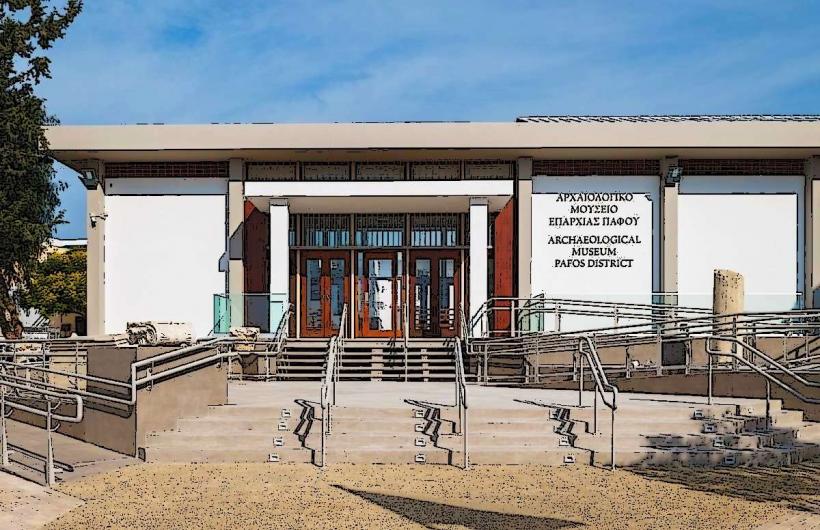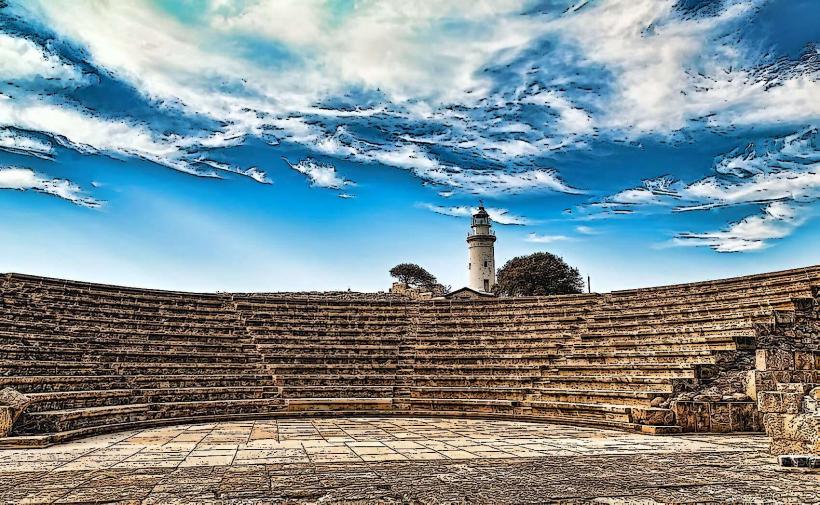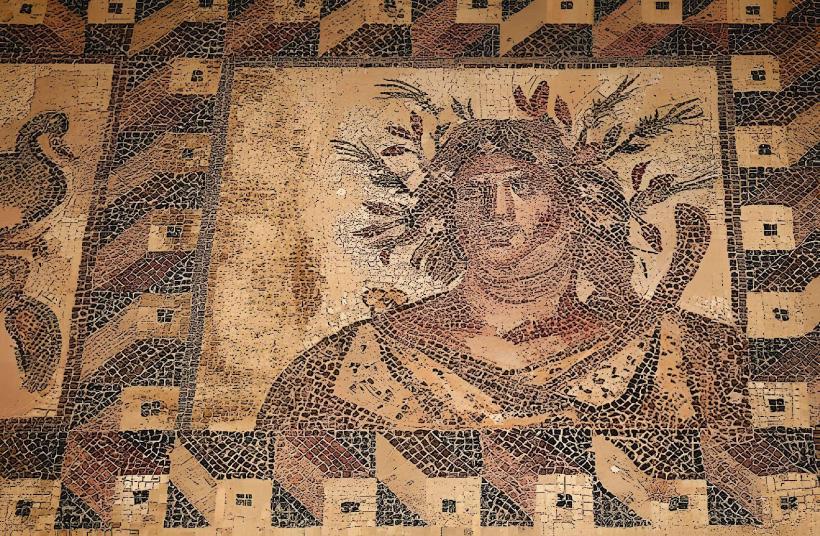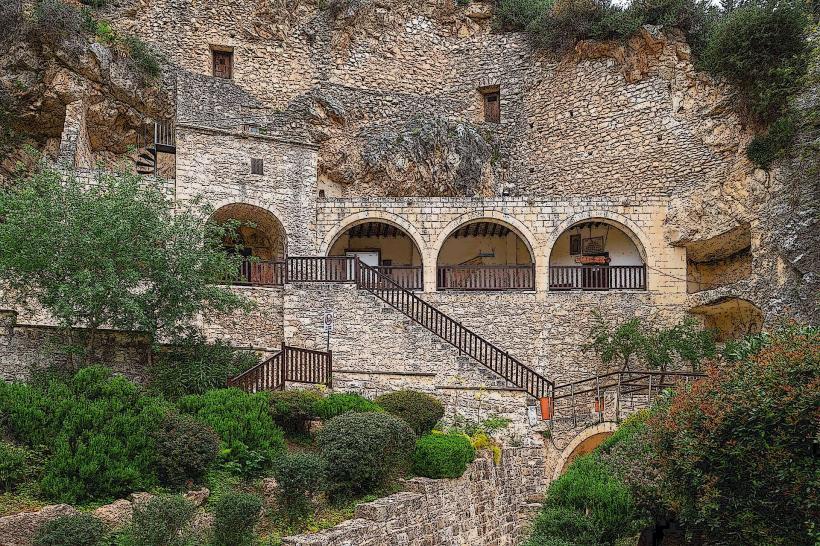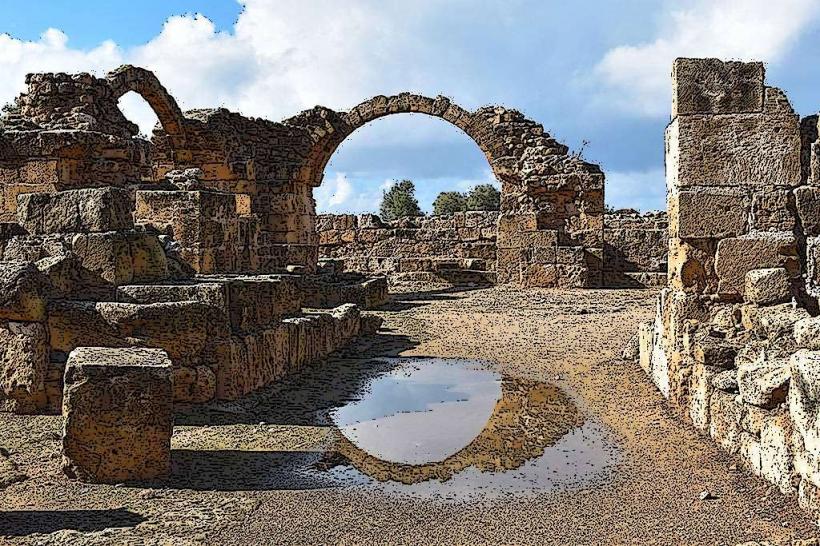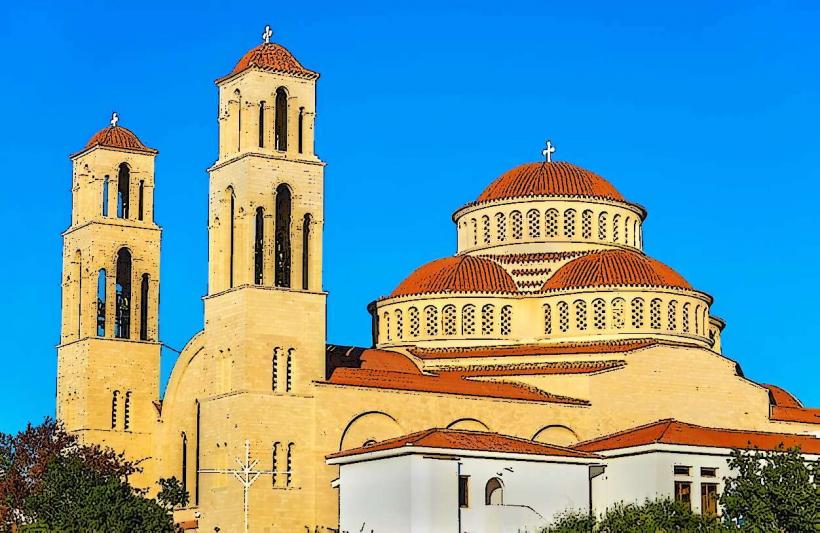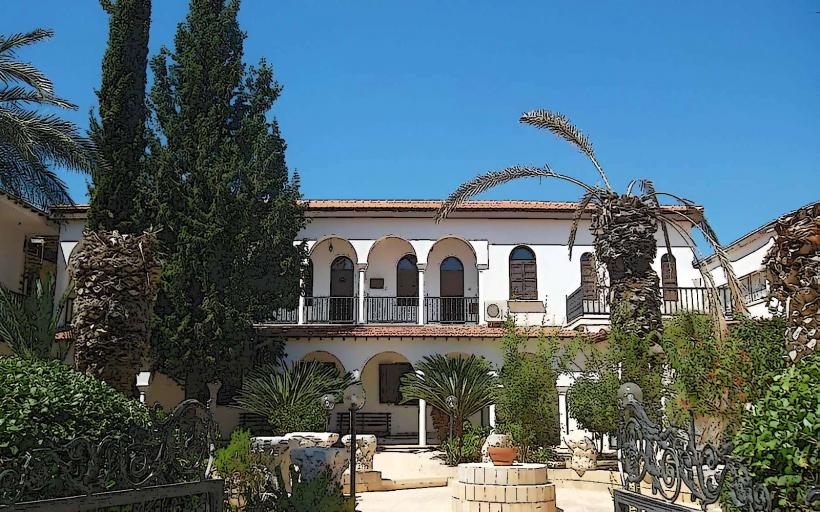Information
Landmark: Agia Solomoni CatacombsCity: Paphos
Country: Cyprus
Continent: Europe
The Agia Solomoni Catacombs are a significant historical and religious site located in Paphos, Cyprus. These catacombs, dedicated to Saint Solomoni (or Solomonis), are a unique blend of ancient Christian and pagan elements, showcasing both the island's Christian heritage and its earlier religious practices.
Overview
The Agia Solomoni Catacombs are located near the center of Paphos, close to the Paphos Archaeological Park and not far from other historical sites such as the Tombs of the Kings. The catacombs are set within a small, peaceful area surrounded by a grove of trees, giving the site an atmosphere of both reverence and tranquility.
The site is significant for its combination of Christian and pre-Christian elements, offering insights into how early Christians adapted and reused existing places of worship and burial. Today, the Agia Solomoni Catacombs attract visitors interested in early Christian history, archaeology, and religious traditions.
Historical Background
Saint Solomoni:
- According to tradition, Saint Solomoni was a Christian martyr and the mother of Saints Kyriakos and Syria. She is believed to have been a Jewish widow who converted to Christianity. Her veneration in Cyprus is particularly linked to the early Christian period, and her name is often associated with healing and protection.
- The Agia Solomoni site is considered a place of pilgrimage, especially for those seeking spiritual solace or blessings, and it is dedicated to the memory of Saint Solomoni's piety and sacrifice.
Early Christian Period:
- The catacombs date back to the early Christian period (around the 3rd to 4th centuries CE). They were used both as a burial site and a place for Christian worship, reflecting the transition from paganism to Christianity on the island.
- This period in Cyprus's history was marked by the spread of Christianity and the conversion of many ancient pagan temples and sites into places of Christian worship, often utilizing the already existing structures for religious purposes.
The Catacombs
Pagan and Christian Symbolism:
- The catacombs are carved into the soft limestone rock and consist of a series of chambers and passageways. Inside, there are niches for burials, as well as pagan symbols that were adapted by early Christians. Some of these pagan symbols, such as crosses, are thought to have been integrated into the design during the Christian period.
- One of the most notable features is the dedication to Saint Solomoni, which includes an altar and the remains of what may have been an early Christian church within the catacomb complex.
- The catacombs themselves feature simple but evocative architecture, with small rooms carved out for the burial of the deceased. Some of the rooms are large enough to suggest that they may have also been used for ritual gatherings.
The Shrine of Saint Solomoni:
- One of the most significant parts of the catacombs is the shrine dedicated to Saint Solomoni. The shrine is a place of pilgrimage for both locals and visitors, with some believing it has healing properties, especially for issues related to fertility or motherhood.
- Pilgrims often leave offerings and prayers at the shrine, and the site remains a quiet place of devotion and reflection for many.
Christianization of the Site:
- The Agia Solomoni Catacombs are thought to have originally been a pagan burial site before they were adopted and repurposed by early Christians. As Christianity spread throughout Cyprus, many pagan burial and religious sites were re-used for Christian worship, and the catacombs at Agia Solomoni may have served as both a burial ground and a place of Christian meetings.
- The blending of both Christian and pagan elements is a distinctive feature of the site, reflecting the transition period in the religious practices of Cyprus.
Visitor Experience
- Access and Location: The Agia Solomoni Catacombs are located in a relatively central part of Paphos, near Saint Solomon's Church (Agia Solomoni), which stands above the catacombs. The church is small but picturesque, and visitors can enter the church before or after exploring the catacombs.
- Touring the Site: Visitors can explore the catacombs by following a short path from the church. The catacombs are open to the public and often have informational signs in both Greek and English, providing historical context and details about the significance of the site.
- Spiritual and Historical Significance: While the site offers a peaceful and spiritual experience, it also provides a unique opportunity to explore early Christian religious practices. The catacombs allow visitors to reflect on how early Christians adapted pagan burial sites and worship spaces as their religion spread across Cyprus.
Archaeological Findings
- Artifacts: Over the years, various artifacts have been found in the catacombs, including ancient inscriptions, pottery, and pieces of religious icons. Some of these artifacts are on display in local museums, contributing to the understanding of early Christian and pagan life in Cyprus.
- Burial Practices: The catacombs also offer insight into ancient burial practices, with many tombs containing skeletal remains. The use of niches and simple stone coffins reflects how the early Christians buried their dead, often in the same places where they worshiped.
Conclusion
The Agia Solomoni Catacombs are an important site for understanding the early Christian history of Cyprus, as well as the blending of pagan and Christian traditions that occurred during the island’s conversion to Christianity. The site remains a peaceful and historically rich destination for visitors interested in archaeology, religious history, and the spiritual heritage of Cyprus. Whether you are drawn to its fascinating blend of ancient history and mythology or simply seeking a moment of reflection in a serene setting, the Agia Solomoni Catacombs offer a unique and memorable experience.

